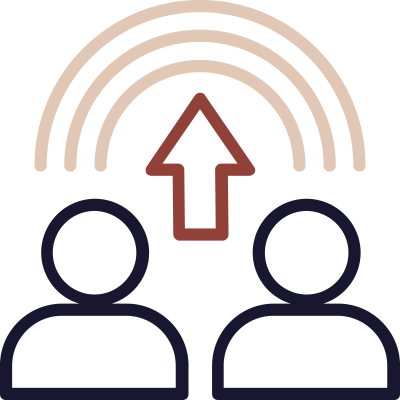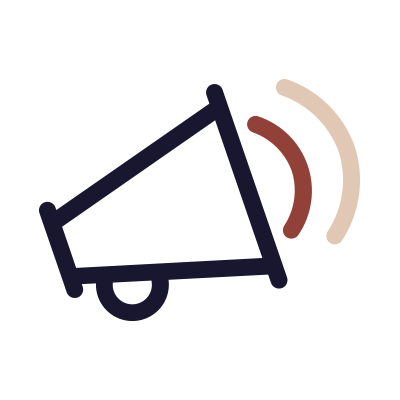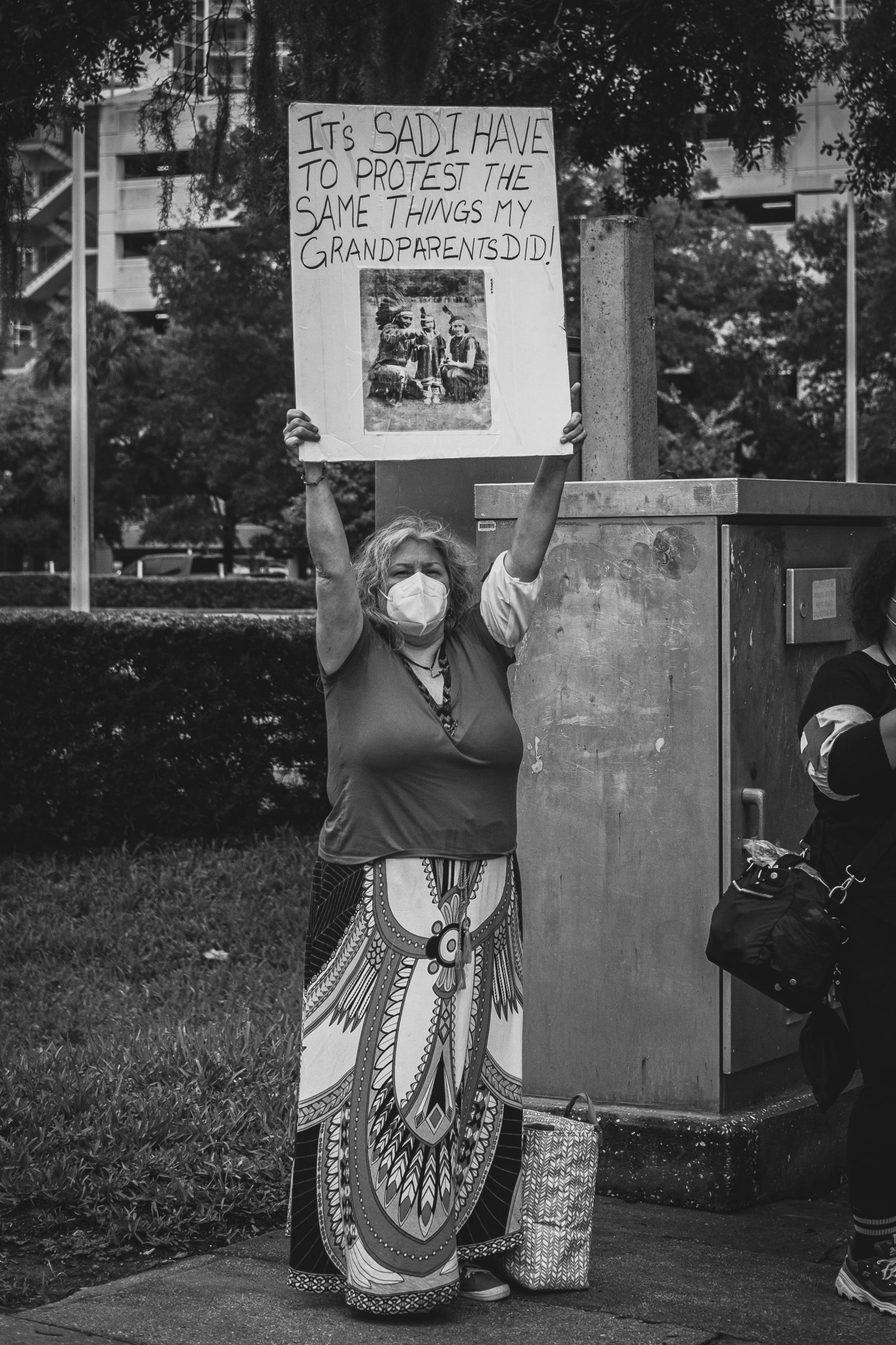For many years, schools, school systems, and education organizations have used continuous improvement to address systemic issues and problems. With its origins in business, questions about its effectiveness in solving disparities in education have emerged: does continuous improvement actually address equity? Are the right knowledge and voices represented? How does continuous improvement differ if we center equity?

CI4E helps teams proactively focus on addressing inequity
Continuous improvement for equity (CI4E) is grounded in the same process as CI and helps education teams to:

Raise awareness of who is implementing the process and its purpose,

Promote space for those most impacted by improvement strategies and to be the architects of their change,

Identify and dismantle systemic inequities from the surface to foundations of our institutions, and,

Recognize everyone’s responsibility to attend to the dynamics of power, privilege, context, and identity as we plan, make decisions, and connect with our colleagues and the communities we serve.
CI4E facilitates a change of mindset and thinking
Becoming an equity-focused team requires commitment and a deep shift in how all members think and behave. We recognize that this deep shift may be uncomfortable, as it can be challenging to reflect on our personal biases and the ways we inadvertently support systems that enable inequity to continue. However, changing systems and processes require us to be open to changing ourselves.
To help teams become more community-focused and equity-driven, MAEC identified five principles that guide the CI4E process in education. These principles name truths that inform educators’ and leaders’ actions to interrupt inequity.

The solution to problems and inequity is found in the knowledge and experience of those most affected by inequity.

Disparities and inequity in educational outcomes are systemic and by design.

Change cannot occur without confronting systemic inequities and reflecting on personal biases.

Under the right conditions, educational opportunity and achievement are attainable by all students.

Success is defined by its ability to dismantle inequity and liberate those most affected by inequity.